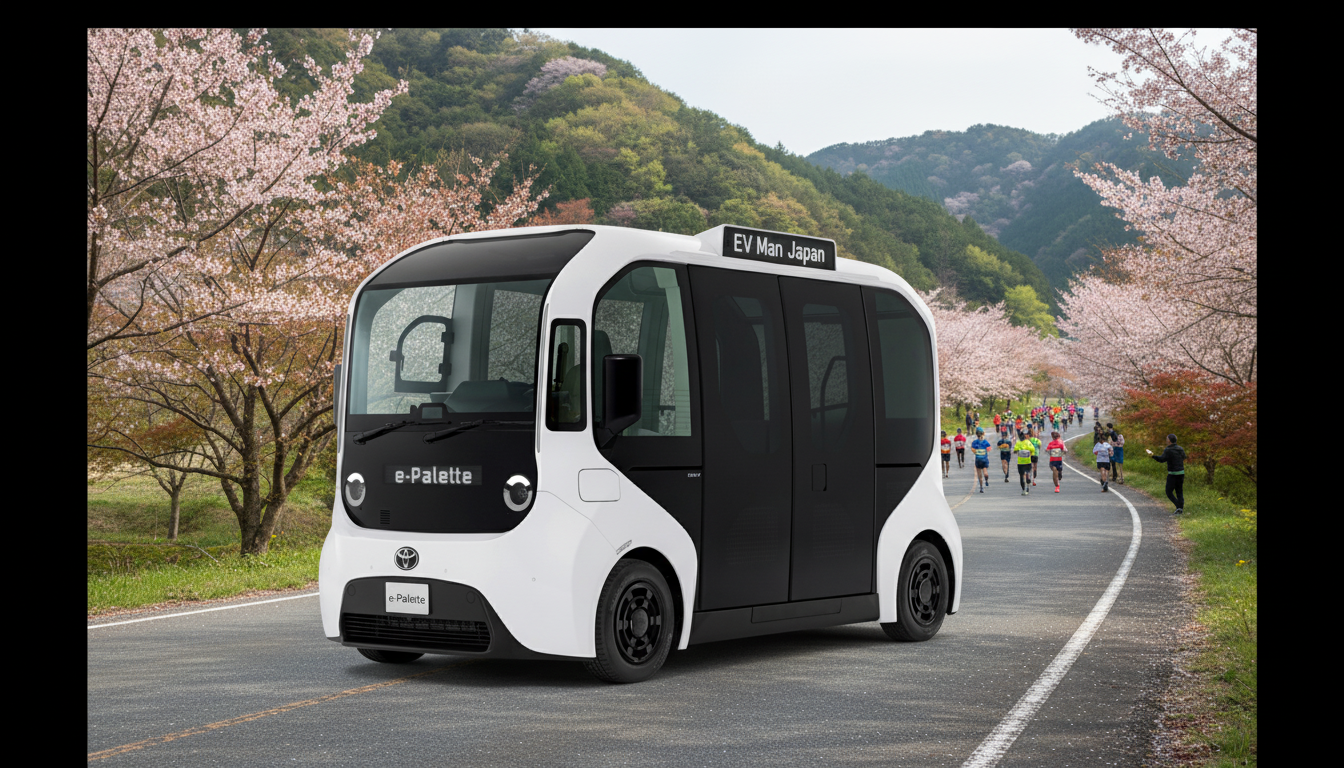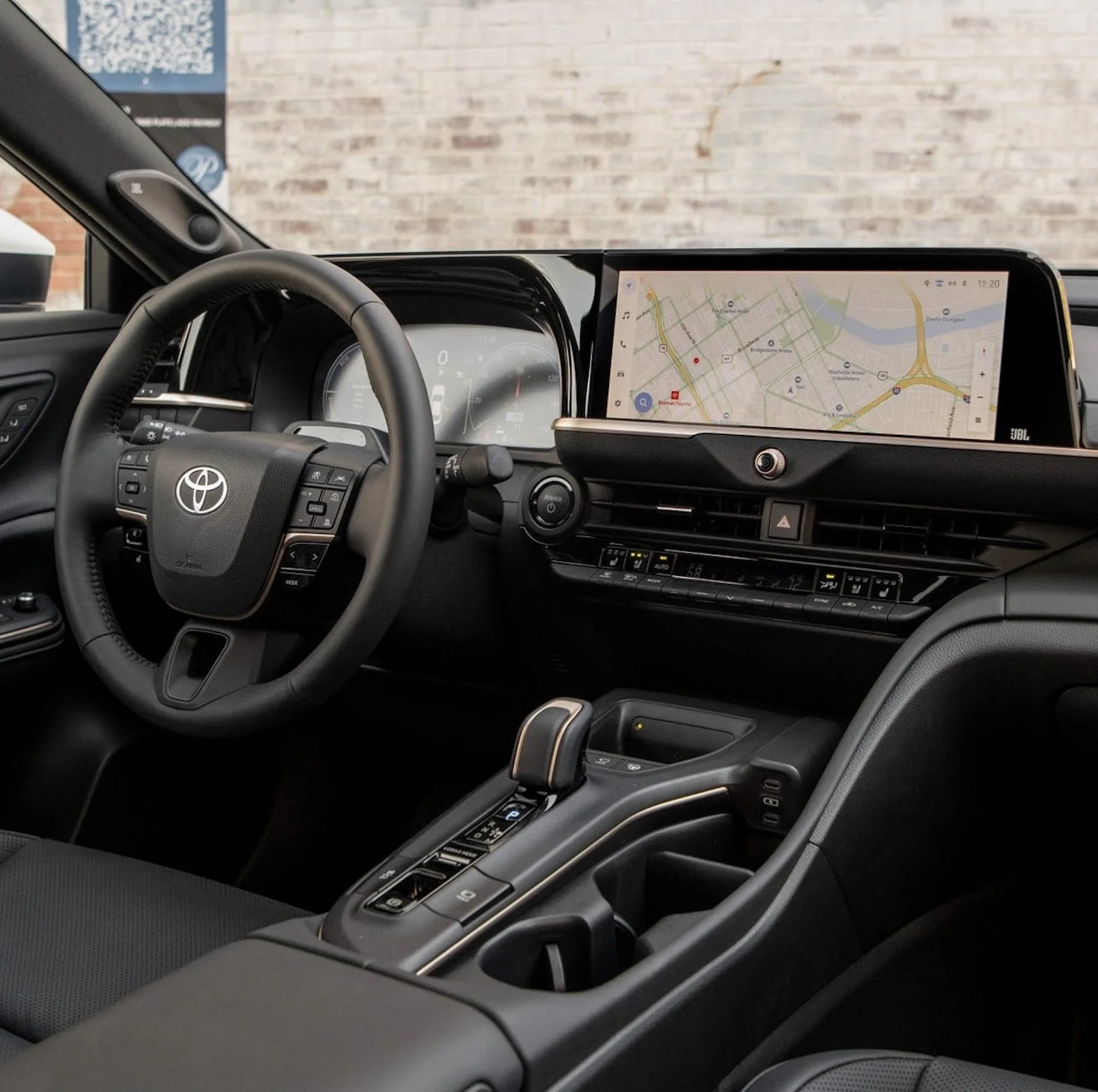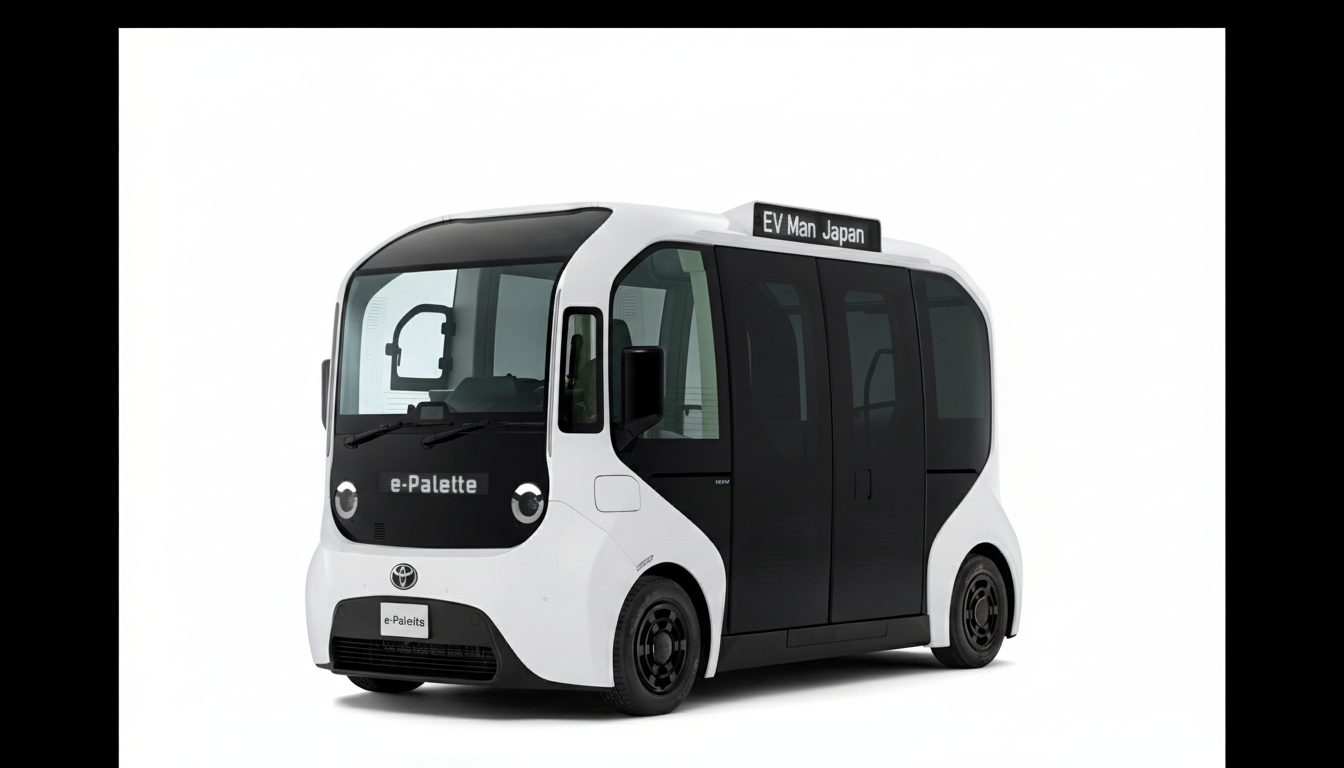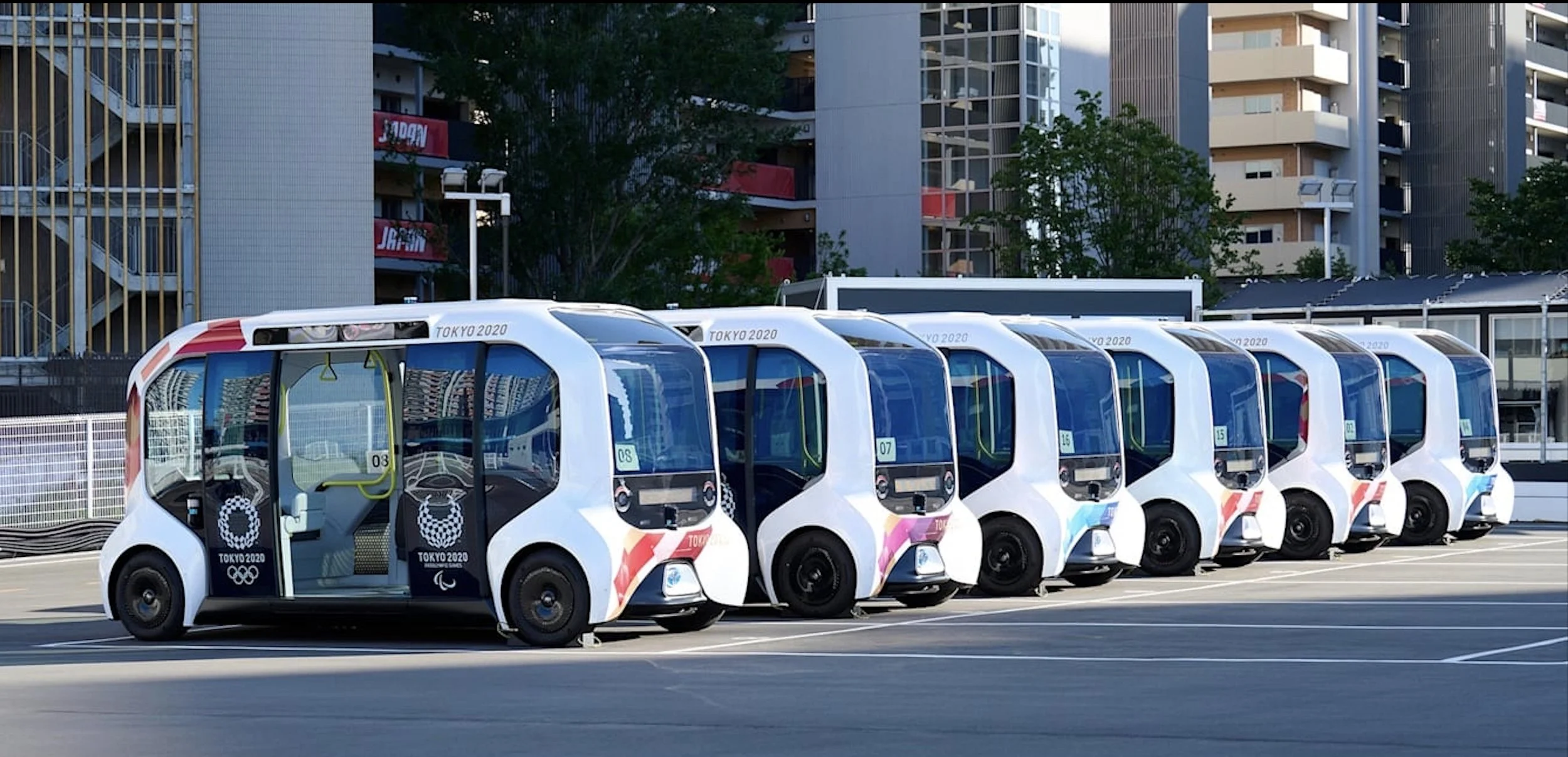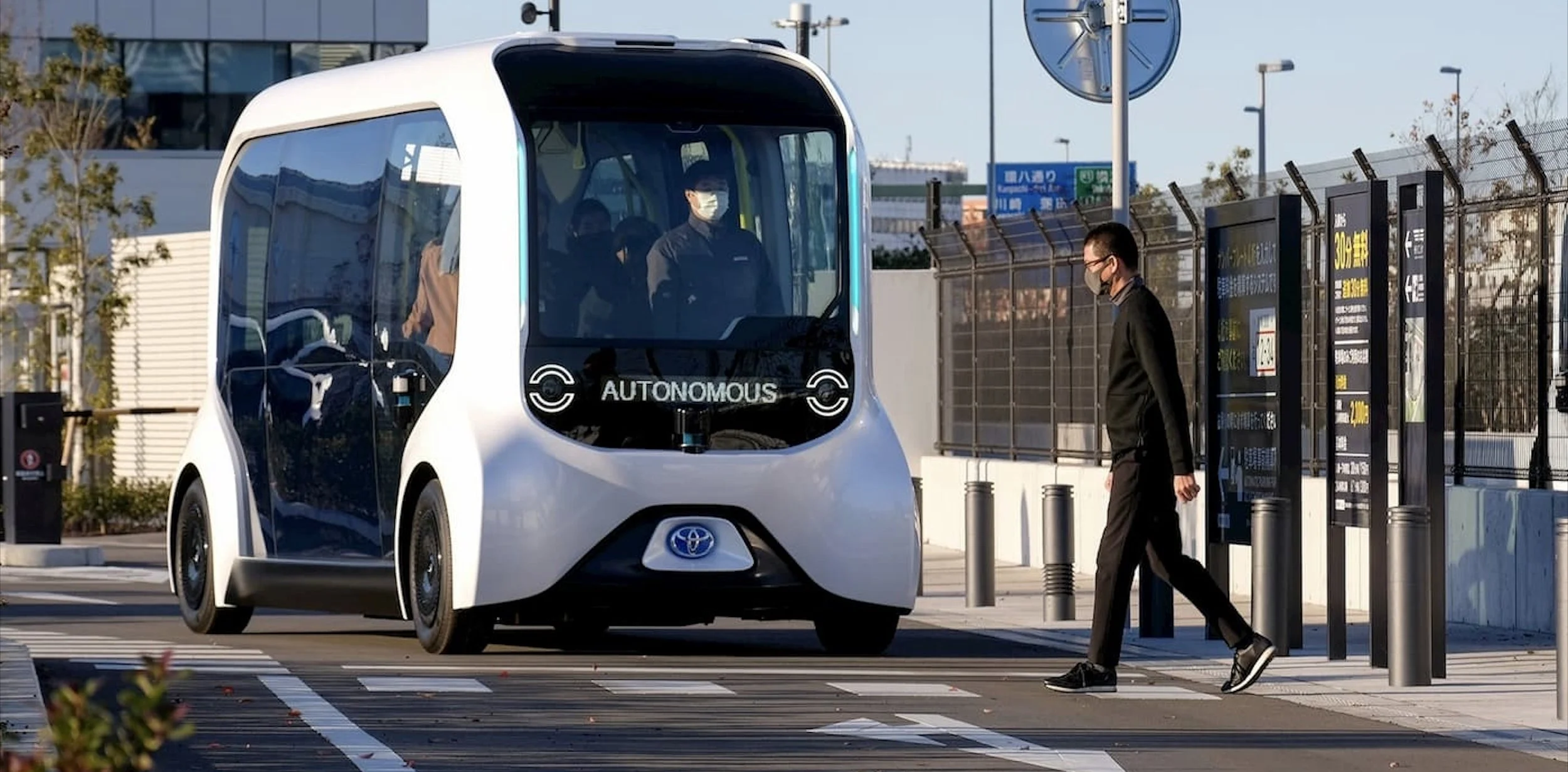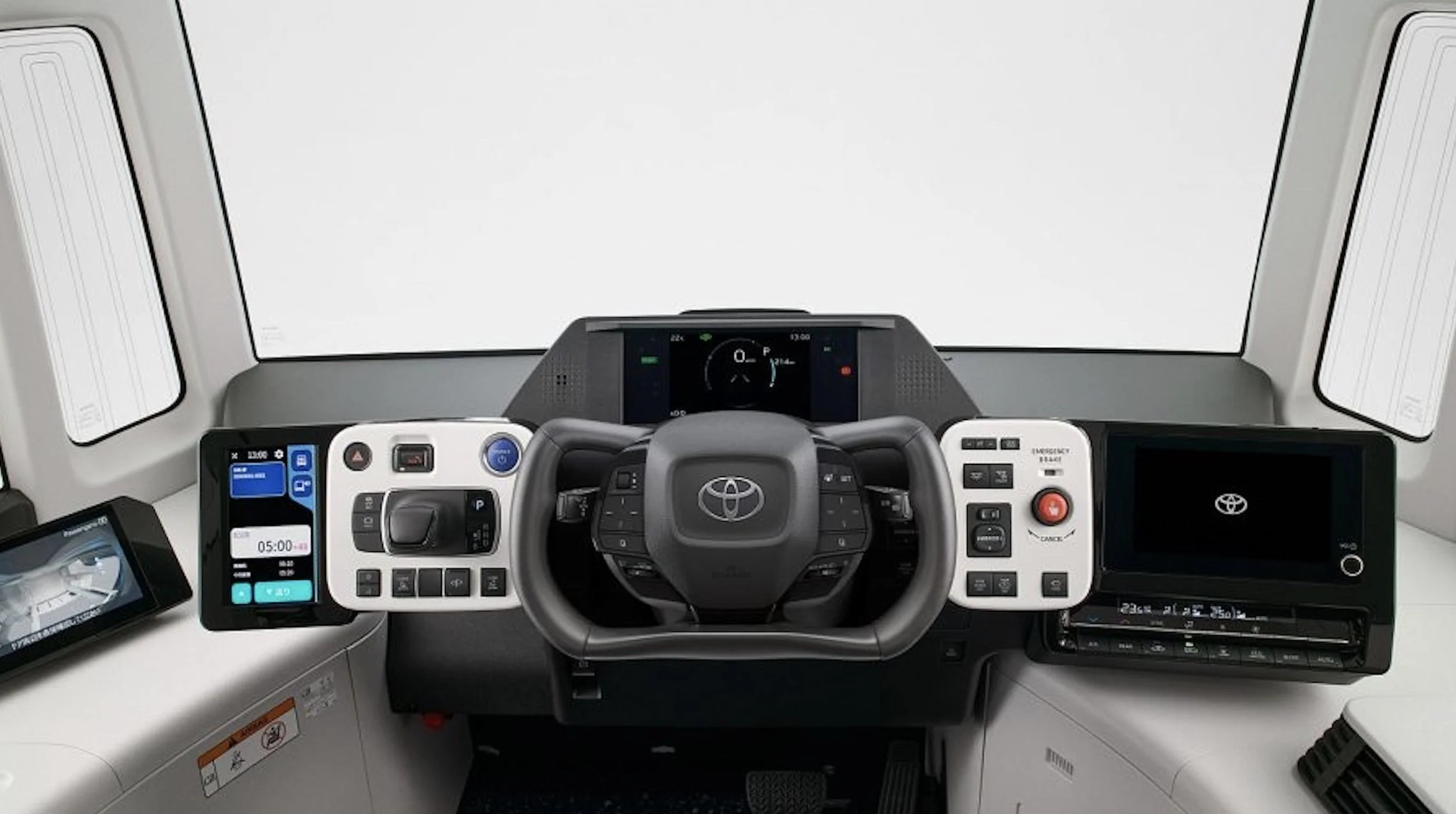Toyota Brings Electric and Hydrogen Power to Japan’s Most Watched Road Race
Toyota e-Palette
Toyota will once again support Japan’s most iconic New Year sporting event with a cleaner, greener fleet of vehicles.
Toyota Motor Corporation has announced it will provide a total of 18 electric vehicles (EVs) and fuel cell vehicles (FCVs) for the 102nd Tokyo–Hakone Intercollegiate Ekiden, Japan’s most-watched university relay road race. The event, held annually on January 1–2, attracts millions of viewers nationwide and serves as a showcase of endurance, teamwork, and technological innovation.
This marks the first time in four years that Toyota has supplied EVs for the race, and the first in three years for hydrogen-powered FCVs — reflecting the company’s ongoing effort to promote multiple forms of “carbon-neutral” mobility.
A Greener Support Fleet
The lineup will include Toyota’s futuristic e-Palette electric vehicle — first seen transporting athletes at the Tokyo 2020 Olympic and Paralympic Games and later used at Expo 2025 Osaka, where it provided autonomous shuttle services for visitors. This self-driving, battery-electric vehicle will once again take a leading role in support and logistics during the two-day event.
Event organizers will also use Toyota’s Crown FCV, the company’s latest hydrogen fuel-cell sedan.
In total, 40 Toyota vehicles will be deployed to support race operations, transporting teams and staff while demonstrating the company’s range of electrified and alternative-fuel technologies.
60% Emissions Reduction
Toyota estimates that this year’s combined fleet will emit only around 500 kilograms of CO₂, representing a 60 percent reduction compared with the previous event’s emissions. It’s a small but tangible step toward cleaner public events and part of Toyota’s long-term goal of achieving carbon neutrality by 2050.
Continuing a 14-Year Partnership
Toyota has supplied vehicles for the Tokyo–Hakone Ekiden since 2011, initially focusing on hybrid and petrol-powered models. Over time, the company has shifted toward electrified vehicles, using the event as a stage to showcase its latest mobility technology to the public.
EV Man Japan Take
Toyota’s multi-path strategy — spanning battery-electric, hybrid, and hydrogen power — continues to define its approach to decarbonisation. But personally, I find it frustrating to see the company still insisting on hydrogen cars when it’s so clearly not the future of automobiles.
The earlier Toyota Mirai, launched as the world’s first mass-market hydrogen sedan, was technically impressive but commercially unsuccessful. Even in Japan, hydrogen refuelling stations remain extremely scarce compared with the rapidly growing EV charging network.
Toyota could have taken the engineering brilliance behind the Mirai and directed it fully toward battery-electric development, rather than continuing to divide its resources. As the rest of the world accelerates toward pure EV adoption, Toyota risks falling behind — despite moments like this, where it proves it can still lead when it wants to.
Toyota e-Palette at the Osaka Expo 2025
Toyota e-Palette Interior
Crown FCV (Fuel Cell)
Crown FCV Interior
Toyota e-Palette at the Tokyo Olympics 2020/21
Toyota Mirai 2025

